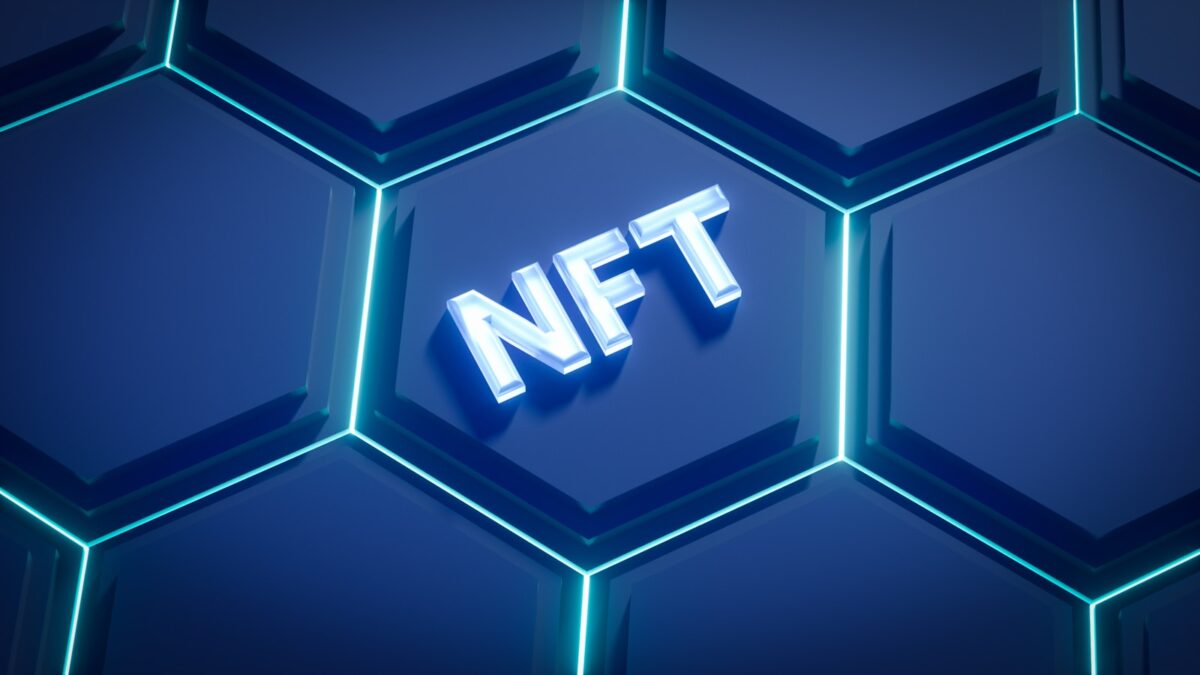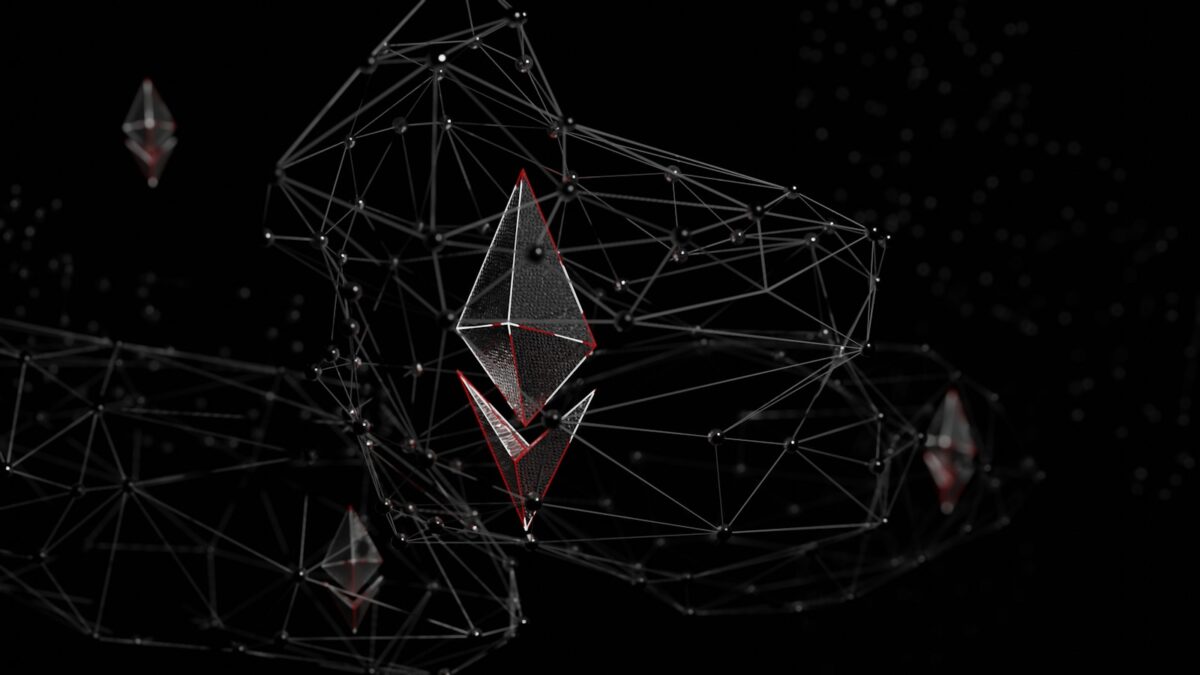
Cryptocurrency governance models

Decentralized communities must select appropriate frameworks to steer protocol evolution effectively. Choosing between on-chain and off-chain approaches shapes how proposals are submitted, debated, and executed. On-chain mechanisms embed voting directly into the blockchain, ensuring transparent decision records, while off-chain methods rely on external forums or platforms to gather consensus before implementation.
Successful governance structures integrate community participation with clear procedural rules. Voting systems vary from token-weighted models to quadratic or delegated schemes, each influencing power distribution among stakeholders. Protocol adjustments emerge through formal proposals that require rigorous assessment and alignment with long-term network goals.
Balancing speed and security in decision-making demands hybrid solutions combining on-chain finality with off-chain deliberation. Communities benefit from proposal discussions outside the chain to refine ideas before triggering binding votes within the protocol. This approach reduces risks of impulsive changes while preserving transparency and accountability.
Cryptocurrency Governance Models
Effective management of blockchain protocols requires a clear framework for making decisions about upgrades and changes. These frameworks often divide into two primary categories: on-chain and off-chain processes. On-chain mechanisms embed voting directly into the protocol, allowing token holders or network participants to submit and vote on proposals transparently and automatically. Off-chain methods rely on discussions, signaling, and external coordination before consensus is reached, often through forums or social media channels.
The choice between on-chain and off-chain approaches affects the speed, inclusivity, and security of decision-making. For instance, blockchains like Tezos implement formal on-chain voting systems where stakeholders approve protocol upgrades without requiring hard forks. Conversely, Bitcoin’s development relies heavily on off-chain coordination among developers and miners before adopting any changes to its core software.
Technical Structures Behind Protocol Adjustments
Protocols need structured processes to manage upgrades while minimizing risks of network splits or contentious forks. On-chain voting models use smart contracts or embedded governance layers to collect votes weighted by token holdings or other stake metrics. This method increases transparency since all proposals and outcomes are recorded immutably within the blockchain ledger. For example, Decred utilizes hybrid proof-of-work/proof-of-stake consensus with integrated proposal systems that allow ticket holders to influence project funding and protocol modifications.
Off-chain governance often involves multiple stages: initial community discussion, drafting improvement proposals (such as Ethereum Improvement Proposals – EIPs), signaling support via social media or specialized platforms, followed by implementation if consensus emerges. This model offers flexibility but may expose decisions to centralization pressures due to reliance on influential figures or developer groups. Such dynamics were evident during the Ethereum DAO fork debates in 2016.
- On-Chain Voting: Direct integration into the blockchain; transparent recording; weighted participation based on stake.
- Off-Chain Coordination: Community discussions; informal signaling; developer-driven implementations.
Differentiating these schemes also involves understanding how proposals are formulated and ratified. Some chains empower their communities with formal submission protocols where anyone can propose upgrades given sufficient backing–ensuring decentralized input streams–while others restrict proposal rights to core developers or foundation members to streamline decision pathways.
The interaction between community engagement and technical constraints defines how sustainable a governance system will be under stress conditions such as contentious upgrades or security vulnerabilities. Experimental analysis of various schemes indicates that combining aspects of both on-chain voting and off-chain deliberation can yield balanced outcomes–leveraging automated execution alongside human judgment.
This prompts practical investigation questions: How does weighting votes by stake versus equal representation affect upgrade acceptance? What safeguards prevent voter apathy from stalling critical protocol improvements? Exploring these inquiries through testnets or simulations contributes valuable data towards designing robust frameworks that adapt yet preserve decentralization principles essential for long-term network health.
On-Chain Voting Mechanisms
The implementation of on-chain voting mechanisms directly within a blockchain protocol ensures transparent and tamper-resistant decision-making. These systems allow token holders or stakeholders to cast votes on proposals related to network upgrades, parameter adjustments, or other critical changes without relying on external intermediaries. By embedding the voting logic into smart contracts, the entire process becomes auditable and immutable, reducing disputes and increasing trust in collective decisions.
Unlike off-chain approaches where discussions and preliminary decisions happen outside the blockchain, on-chain voting records every step of the procedure transparently. This minimizes risks associated with vote manipulation or lack of accountability. However, it also introduces technical challenges such as transaction fees, latency, and voter participation thresholds that must be carefully calibrated within the protocol’s design.
Core Technical Elements of On-Chain Voting
On-chain voting models generally operate through well-defined stages: proposal submission, voting period, tallying votes, and execution of outcomes. Proposals are typically created by community members who meet certain staking or reputation requirements to prevent spam. During the voting phase, stakeholders lock tokens or credentials to express support or opposition to each proposal.
- Quorum thresholds ensure a minimum participation rate for legitimacy.
- Vote weighting often depends on token holdings or delegated voting power.
- Timelocks delay execution after a successful vote to allow contestation if needed.
This structure encourages informed decision-making while balancing decentralization with operational efficiency.
Comparative Analysis: On-Chain vs Off-Chain Voting
Off-chain governance platforms such as forums or Snapshot provide flexible environments for discussion but lack direct enforceability without subsequent on-chain action. In contrast, purely on-chain protocols integrate proposal lifecycle management into the ledger itself. For example, Tezos uses a formal amendment process whereby self-amendments trigger automatic protocol upgrades after community approval via on-chain ballots.
This eliminates dependency on external coordination but requires comprehensive code audits before deployment due to irreversible effects. Meanwhile, projects like Compound combine off-chain signaling with on-chain execution by allowing community feedback through forums followed by binding token-based votes implemented via smart contracts.
Case Studies Demonstrating On-Chain Voting Efficacy
Pitfalls and Optimization Strategies in On-Chain Voting Protocols
A primary limitation arises from gas costs that discourage frequent participation in blockchains requiring transaction fees for each vote submission. Layer-2 solutions and rollups help alleviate this bottleneck by batching votes off mainnets while preserving integrity proofs. Additionally, low turnout can skew results; therefore implementing mechanisms such as quadratic voting or conviction voting introduces nuanced preference expression beyond simple majority counts.
The complexity of interpreting encoded proposals also demands user-friendly interfaces integrated tightly with wallets and dApps to facilitate clarity during decision-making phases. Continuous research explores hybrid frameworks blending secure off-chain deliberations with final binding votes executed on-chain to optimize scalability without compromising transparency.
The Role of Community Engagement in Sustaining On-Chain Decision Systems
The effectiveness of embedded voting procedures depends heavily on an active participant base willing to analyze proposals critically before casting ballots. Educational initiatives aimed at improving understanding about protocol dynamics encourage higher-quality inputs and more representative outcomes. Some ecosystems incentivize participation through rewards distributed proportionally to voters’ involvement intensity or accuracy in predicting successful outcomes.
This participatory culture strengthens decentralized administration by embedding continuous feedback loops between developers and token holders, ultimately driving adaptive evolution aligned with community priorities rather than centralized directives. Encouraging experimental deployments alongside established frameworks offers valuable insights into refining future iterations of autonomous collective decision architectures.
Role of Token Holders
The participation of token holders in decision-making processes defines the efficacy and adaptability of decentralized systems. Their voting power directly influences proposals related to protocol modifications, such as parameter adjustments or feature additions. On-chain voting mechanisms embed these decisions into the blockchain, ensuring transparency and immutability. For instance, projects like Tezos utilize on-chain voting to authorize upgrades, allowing token holders to approve or reject protocol amendments systematically.
Off-chain models complement this framework by enabling preliminary discussions and community deliberations before formal votes occur on-chain. Token holders engage in forums or specialized platforms to evaluate the technical feasibility and potential impact of proposed changes. This dual-layer approach balances efficiency with inclusivity, as seen in MakerDAO’s governance structure where off-chain discourse precedes on-chain execution of critical financial parameters.
Mechanisms and Influence in Governance Systems
The distribution of tokens often determines influence within governance structures, necessitating careful design to prevent centralization risks. Weighted voting assigns greater power to stakeholders holding larger quantities, which may expedite decision-making but also risks diminishing minority voices. Alternative approaches like quadratic voting attempt to balance influence by reducing the marginal effect of large holdings, encouraging broader participation across the community.
Token holders’ roles extend beyond approving upgrades; they actively shape ecosystem evolution through continuous feedback loops embedded in governance frameworks. Models integrating multisignature wallets or delegated voting allow participants to entrust representatives with their voting rights while maintaining accountability. Such hybrid designs facilitate scalability and responsiveness without sacrificing decentralization principles.
Off-Chain Governance Tools
Effective decision-making within decentralized protocols frequently requires mechanisms that extend beyond the blockchain itself. Off-chain governance tools enable communities to discuss, propose, and refine changes without immediate on-chain execution, thereby reducing costs and increasing flexibility. These instruments often serve as preliminary stages in the decision process, allowing stakeholders to build consensus before formalizing choices on-chain.
Off-chain methods provide a platform for detailed debate and iterative proposal development, which is difficult to achieve within the constraints of on-chain voting systems due to gas fees and transaction throughput limitations. By leveraging forums, social media channels, or specialized platforms like Snapshot, communities can weigh multiple perspectives and form cohesive strategies prior to committing protocol updates or parameter adjustments.
Mechanisms and Practical Applications
One prominent off-chain approach involves signaling votes conducted through platforms that simulate on-chain voting but do not require blockchain transactions. For instance, Snapshot allows token holders to cast weighted votes based on their holdings without incurring network fees. This method enhances participation by lowering barriers while preserving transparency via cryptographic signatures.
Another technique includes proposal discussion forums where members analyze technical specifications and implementation details collaboratively. Ethereum’s Improvement Proposal (EIP) process exemplifies this model: ideas are debated extensively off-chain before any inclusion in client software or hard forks occurs. This procedural layering ensures that decisions are well-vetted both technically and socially before integration into the core protocol.
- Off-chain coordination: Enables asynchronous communication among geographically distributed stakeholders.
- Preliminary consensus-building: Facilitates refinement of proposals prior to binding commitments.
- Cost efficiency: Avoids expensive transaction fees tied to on-chain interactions during early deliberations.
The interplay between off-chain discussions and subsequent on-chain ratification represents a hybrid governance framework balancing inclusivity with enforceability. For example, Tezos employs an off-chain forum alongside formal voting cycles embedded in its protocol layer. This dual structure encourages informed community input while maintaining secure execution of final decisions.
The experimental value of off-chain tools lies in their capacity to incorporate diverse viewpoints while mitigating risks associated with premature or uninformed on-chain votes. Engaging deeply with these mechanisms invites investigation into how they affect voter turnout dynamics, proposal quality, and overall protocol evolution trajectories. Understanding such effects enhances strategic design for future governance frameworks emphasizing both resilience and adaptability.
Conflict Resolution Processes: Technical Insights and Future Directions
Integrating both on-chain and off-chain mechanisms for proposals significantly enhances the robustness of decision-making within decentralized protocols. Off-chain discussions allow the community to iterate on complex upgrades without immediate transactional costs, while on-chain voting ensures transparent finality and enforceability of key protocol changes.
The interplay between these approaches shapes adaptive frameworks where community input directly influences protocol evolution. Notably, hybrid models leveraging off-chain deliberation followed by on-chain ratification reduce contention and expedite consensus around contentious upgrades or fork decisions.
Analytical Summary and Forward Outlook
Technical evaluation of various resolution pathways reveals that purely on-chain voting can impose scalability bottlenecks, especially as proposal volumes increase and state complexity grows. Conversely, relying solely on off-chain coordination risks fragmentation and lower participation due to information asymmetry among stakeholders.
- Hybrid governance structures emerge as a pragmatic solution: initial proposals undergo rigorous off-chain debate within the community, enabling iterative refinement through forums or signaling channels.
- On-chain voting then codifies collective decisions into executable protocol upgrades, ensuring enforceable outcomes resistant to censorship or manipulation.
- Automated upgrade mechanisms, such as time-locked smart contracts triggered by successful votes, provide predictable timelines for network transitions, reducing uncertainty for all participants.
Looking ahead, incorporating advanced cryptographic tools like zero-knowledge proofs could enhance privacy in voting while preserving verifiability. Additionally, dynamic quorum thresholds calibrated by stakeholder engagement metrics may optimize decision legitimacy without stifling agility.
Experimental deployments indicate that layered conflict resolution–combining social consensus with algorithmic enforcement–strengthens resilience against factional splits and governance attacks. Continuous monitoring of proposal lifecycles offers data-driven feedback loops to refine procedural parameters over successive iterations.
This evolutionary approach encourages communities to treat governance not as a static rulebook but an adaptive protocol component subject to empirical optimization. By fostering transparent yet flexible conflict resolution processes integrating both off- and on-protocol elements, decentralized systems gain durability necessary for sustained innovation and trust formation.


